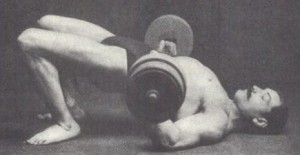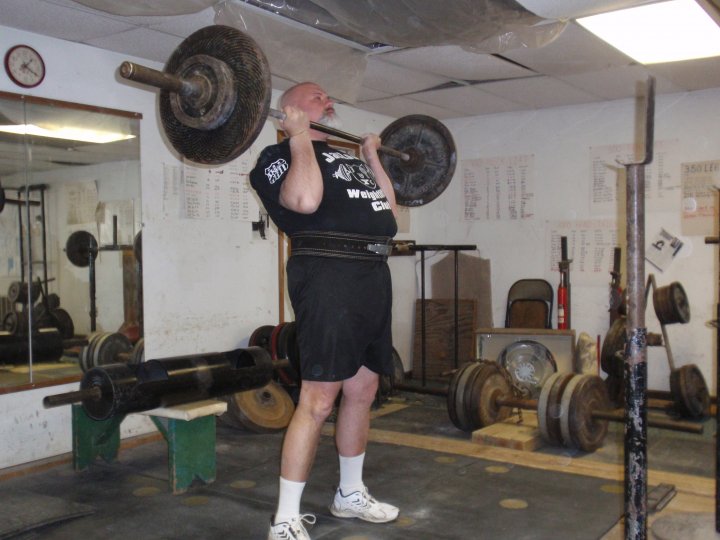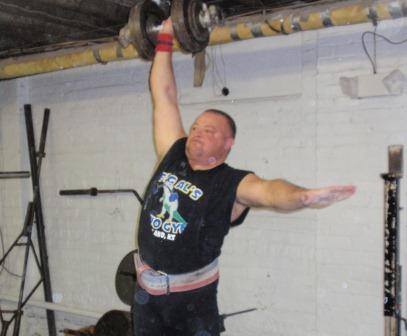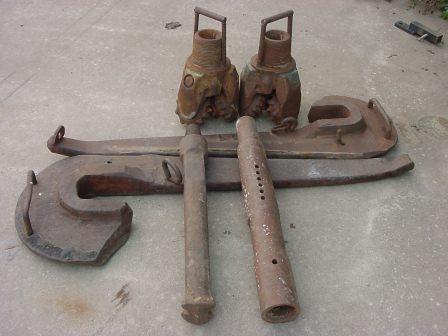Meeting Agenda
by Al Myers
One of the big parts of our 2011 USAWA National Championship will be the Annual National Meeting (ANM) of the USAWA. I have put together the meeting agenda, and it has been approved by the USAWA Executive Board. There are no “big topics” on the agenda like there has been the last couple of years (i.e. the rulebook and the bylaws). The biggest agenda item will be the election of officers. All officer positions will be up for re-election (the USAWA bylaws require this every two years, on odd-numbered years). Only those present at the meeting will have voting privileges (no proxy votes, which is also outlined in our bylaws). So if you are upset about how the administration of the USAWA is “running the show”, this is your chance to voice your opinion or “throw your hat” into the candidate pool for an officer position.
The ANM will be held on June 24th, Friday evening at 6:30 PM. The meeting site will be the JWC Training Hall (for directions contact Thom or myself). Immediately following the meeting a meal will be provided for the membership present. Thom has assured me that this meal will be a “steak and potatoes” type of meal and NOT a “frank and beans” type of meal so bring your appetite. The cost of this will be donations only.
Business Agenda for the 2011 USAWA Annual National Meeting
1. Meeting called to order by USAWA President Denny Habecker
2. Reading of previous meetings minutes by USAWA Secretary Al Myers
3. Report of financial status by USAWA Treasurer Al Myers
4. Report from the Officials Director Joe Garcia
5. Report from the Website Director Al Myers
6. Report from the Records Director Joe Garcia
7. Report from the Awards Director Al Myers
8. Report from the Drug Enforcement Director Chad Ullom
9. Discussion and vote on new proposed lifts
10. Discussion and vote on Rulebook Changes
11. Discussion and vote on Online Store
12. Discussion of other new business brought forth by the membership
13. Accept bids for the 2012 National Championships
14. Election of officers
15. Meeting adjourned



